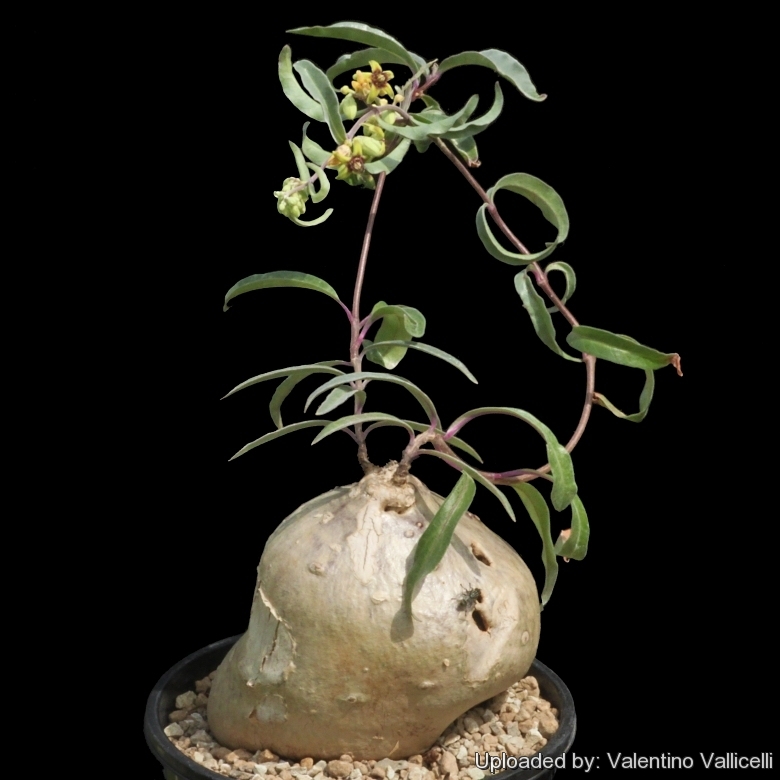
Raphionacme zeyheri Photo by: Valentino Vallicelli
Origin and Habitat: South Africa, Coastal Region of eastern cape (Uitenhage, Albany, Fish River)
Altitude: 100-610 metres over sea level.
Synonyms:
Description: Raphionacme zeyheriSN|22935]]SN|22935]] is a perennial geophyte, with a swollen caudiciform base.
Caudex (tuber): 6-15(-25) cm high.
Branches: About 15 cm tall from the woody neck of the tuber.
Leaves: Simple arranged alternately along the stems, 2-4 cm long, 5 mm broad, linear or linear-lanceolate, subacute, tapering at the base into a very short petiole. Margins entire.
Inflorescences: Small axillary cymes, 5-10-flowered. Peduncles 1-2 mm long: Bracts 1-2 mm long.
Flowers: Bell-shaped and pale green, very minutely puberulous on all parts to the outside of the corolla. Pedicels 1-2 mm long. Sepals 2 mm long, 1 mm broad, ovate or oblong-ovate, obtuse or subacute, hairy. Corolla lobes green, from nearly glabrous to puberulous outside, 1-2 mm long, 2 mm broad, oblong, subobtuse.Tube 2-2,5 mm long, campanulate. Corona-lobes arising at the mouth of the tube, tri-segmented, shortly transverse rectangular at the base; with purple, filiform, central segment 3-4 mm long and two green lateral segments 1 mm long, subulate, or reduced to minute obtuse teeth and knee-like greenish coronal feet. Stamens, green and white, forming a cone, anthers white, ovate, acuminate, pollen-carriers spathulate, with an elliptic or suborbicular blade. Ovary green, semi-inferior with a yellowish style on top.
 Raphionacme zeyheri Photo by: © Plantemania
Raphionacme zeyheri Photo by: © Plantemania Raphionacme zeyheri Photo by: Valentino Vallicelli
Raphionacme zeyheri Photo by: Valentino Vallicelli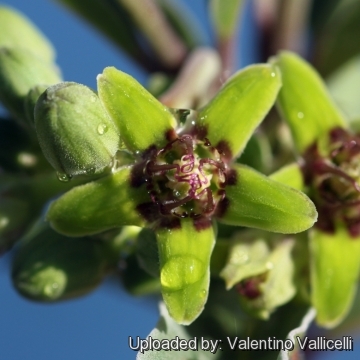 Raphionacme zeyheri Photo by: Valentino Vallicelli
Raphionacme zeyheri Photo by: Valentino Vallicelli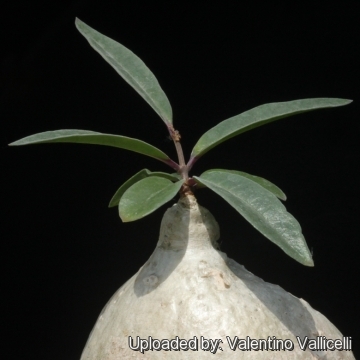 Raphionacme zeyheri Photo by: Valentino Vallicelli
Raphionacme zeyheri Photo by: Valentino Vallicelli Raphionacme zeyheri Photo by: Valentino Vallicelli
Raphionacme zeyheri Photo by: Valentino Vallicelli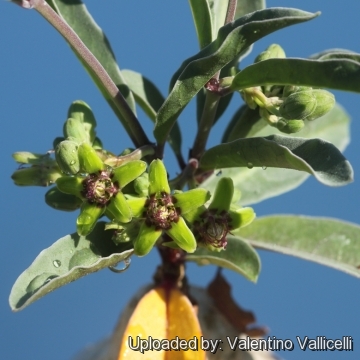 Raphionacme zeyheri Photo by: Valentino Vallicelli
Raphionacme zeyheri Photo by: Valentino Vallicelli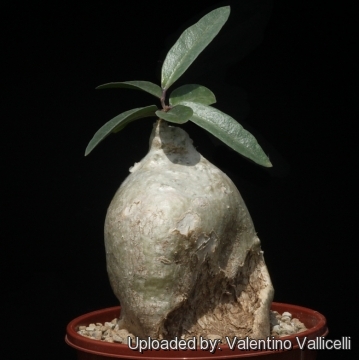 Raphionacme zeyheri Photo by: Valentino Vallicelli
Raphionacme zeyheri Photo by: Valentino Vallicelli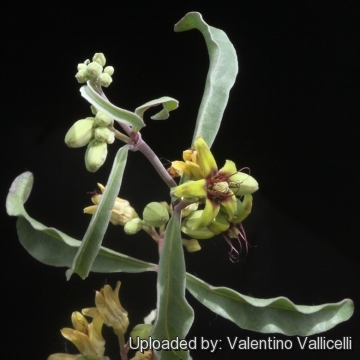 Raphionacme zeyheri Photo by: Valentino Vallicelli
Raphionacme zeyheri Photo by: Valentino VallicelliCultivation and Propagation: Raphionacme zeyheriSN|22935]]SN|22935]] is a caudiciform plant that grows well in container.
Soil: Give the plant a well drained, airy but rich growing medium which consists of non organic material such us clay, pumice, lava grit, and peat or leaf-mould.
Irrigation: It is probably a summer grower species and need a good deal of water during active growth from spring when the new leaves can be seen forming from the woody neck of the tuber and should be watered only when not dormant. In autumn the leaves begin to go yellow and drop off, so now it rests quite dry in to winter. No water should ever be allowed to stand around the roots. An error in cultivation may produce unsightly holes in the tuber.
Exposure: In cultivation the plants are usually grown in semi shade, with the tubers wholly or (preferably) partially exposed to prevent scorching and rotting of the roots.
Hardiness: It should be overwintered in the greenhouse at temperatures over 12°C (avoid letting temperatures drop lower than 5° C, but some authors suggest that it can withstand light frost down to -7º C at least for short periods if very dry, in these situations it will better resist if sheltered by the winter rains, seen that the humidity and low temperatures render it more sensitive to rottenness. Plants in containers however, suffered major leaf loss.
Maintenance: The dried annual stems need to be removed to keep a tidy appearance. Like quite small pots, repot in very later winter, early spring.
Reproduction: Can be reproduced both by cuttings and seeds.



















